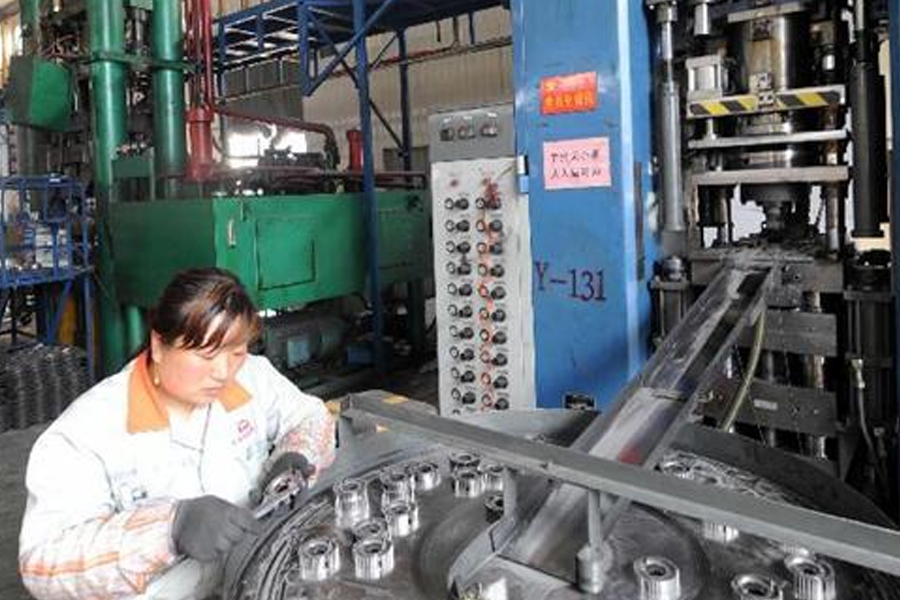The most attractive part of the turning and milling machine tool machininging platform is that it can complete the machining of the workpiece after a set-up and commissioning. At present, the development of CAM software has enabled turning-milling machine tools equipped with B-axis milling heads to perform precision turning on the inner and outer contour surfaces of workpieces using only one tool. This new lathe requires only one tool to complete the continuous cutting of the inner and outer contour surface of the workpiece in one step during its fine turning cycle, and it is no longer necessary to use a series of turning tools with different shapes.
The B-axis contouring cycle software was developed by DP Technologies and is included in the company’s Esprit 2008 CAM software package. The machining software uses an effective method to make the tool follow the contour through continuous rotation of the B axis to reach areas that cannot be accessed due to the tool geometry. With this new machining method, the number of tools required is reduced, the tool replacement and programming time is reduced, and a smoother surface with no step marks is obtained. The end result is more time and money saved for the machininging shop.
In June 2007, the Mori Seiki Corporation Technology Center in Los Angeles, California successfully performed B-axis contour trial cutting on the NT3150 turning-milling machine. The Rotary Tool Center Point Function (RTCP) of the Funac control system is used to output the coordinates in the NC CNC code for the center of the tool tip. The RTCP function must be used with the contour machining cycle to rotate the tool around its control point. The B-axis contour machining cycle is based on the Esprit intelligent software SolidTurn contour machining cycle. The main difference is that its B-axis technology can comprehensively control the choice of B-axis rotation strategy and the allowed B-axis angle limit.
The machine tool can fully turn the inner and outer contour surfaces of the workpiece with a single tool. Throughout the turning operation, the user can use two strategies to manage the direction of tool movement. The first strategy is to maintain a constant steering angle between the tool and the workpiece surface. In this way, the initial guide angle can be maintained between the tool and the contour being machined. This initial steering angle corresponds to a function of the original tool direction of the B-axis machining head and the direction of the first element of the contour. When the gradient of the profile changes, the B-axis machining head will tilt the tool accordingly, so that it maintains the same guiding angle as the surface of the workpiece. The total inclination of the tool is controlled by the software’s automatic part / tool anti-collision detection system and is also limited by the user-defined range of steering angles. This strategy can be used to create the best cutting conditions and maintain an optimal angle between the tool and the surface being cut. However, this requires that the movement of the B axis is almost completely constant, because the B axis will produce overtravel motion.
The second B-axis rotation strategy is: when necessary, only the tool is tilted to minimize the rotation of the tool. This strategy keeps the tool in its original direction until it reaches an uncuttable surface, at which point the tool is in its current direction. Only then can the tool make the necessary tilt and cut this surface within the user-specified B-axis angle limit. The strategy used in the trial cutting described above limits the rotation of the B axis to areas that cannot be cut with traditional tool angles.
Both strategies are easy to verify, and the user can demonstrate the tool axis vector on the screen to determine the best strategy for machining a particular part geometry. During the entire cutting machining, the user can fully control the rotation range of the B axis. One way to limit the tool angle is to apply a user-defined minimum and maximum B-axis angle to limit the allowed B-axis rotation range. Similarly, for more precise control, the user-defined minimum and maximum guide angles can specify the allowable range of the tool’s local guide angle.
